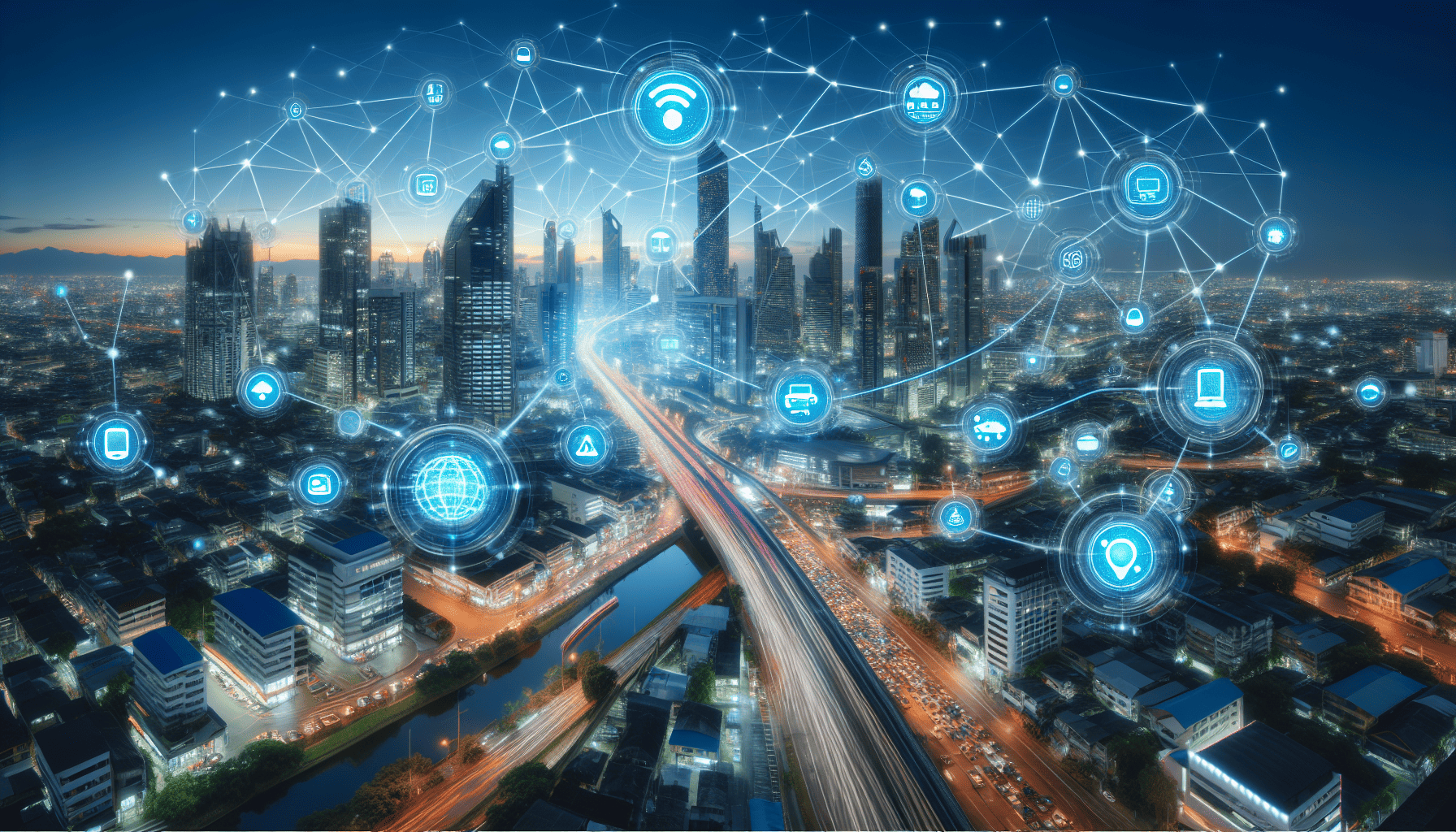The Internet of Things (IoT) has become a transformative force in today's technological landscape, binding together numerous devices and systems in a seamless network that enhances both efficiency and user experience. IoT represents a paradigm shift, moving beyond the traditional methods of interaction and management to a more interconnected and intelligent world.
At its core, the Internet of Things involves embedding sensors, software, and other technologies into physical devices that enable them to collect and exchange data. This interconnectedness allows for real-time communication and interaction between devices, opening up a host of possibilities for various industries and applications. From smart homes to industrial automation, IoT is redefining how we live and work.
The benefits of IoT are manifold. One of the primary advantages is increased efficiency. In industrial settings, for example, IoT devices can monitor equipment conditions and predict failures before they occur, significantly reducing downtime and maintenance costs. Similarly, in agriculture, IoT sensors can track soil moisture levels and weather conditions, ensuring optimal irrigation and crop yield with minimal resource wastage.
In the consumer space, IoT is making everyday life more convenient and enjoyable. Smart home devices, like thermostats and lighting systems, can be controlled remotely, allowing users to manage their energy consumption and create personalized living environments. Wearable health devices continuously monitor vital signs, providing users with valuable health insights and encouraging more proactive health management.
Beyond efficiency, IoT also enhances user experience by offering a level of personalization and adaptability that was previously unattainable. For instance, in retail, IoT technologies can analyze customer behavior and preferences, leading to highly targeted marketing strategies and improved customer satisfaction. In transportation, connected vehicles can communicate with each other and with infrastructure to optimize traffic flow and enhance safety.
However, the rapid expansion of IoT also presents significant challenges. Chief among these is security. With the increasing number of connected devices, the potential attack surface for cybercriminals has grown exponentially. Ensuring the security of IoT systems requires robust encryption, regular updates, and vigilant monitoring to protect data integrity and user privacy.
Moreover, there are concerns related to data management and privacy. The vast amounts of data generated by IoT devices necessitate efficient storage, processing, and analysis systems. It is crucial to handle this data responsibly, ensuring compliance with regulations and preserving user trust.
To fully harness the potential of IoT, collaboration between technology providers, policymakers, and industry stakeholders is essential. By establishing clear standards and protocols, and fostering an ecosystem of innovation, the IoT landscape can continue to evolve in a way that benefits everyone.
In conclusion, the Internet of Things is revolutionizing the way we interact with the world, creating smarter and more efficient systems across diverse sectors. While challenges remain, the ongoing advancement in IoT technology promises a future where connected devices and systems enhance not only operational efficiency but also enrich everyday user experiences. As we navigate this digital evolution, ensuring the security and ethical use of IoT will be paramount in unlocking its full potential.
